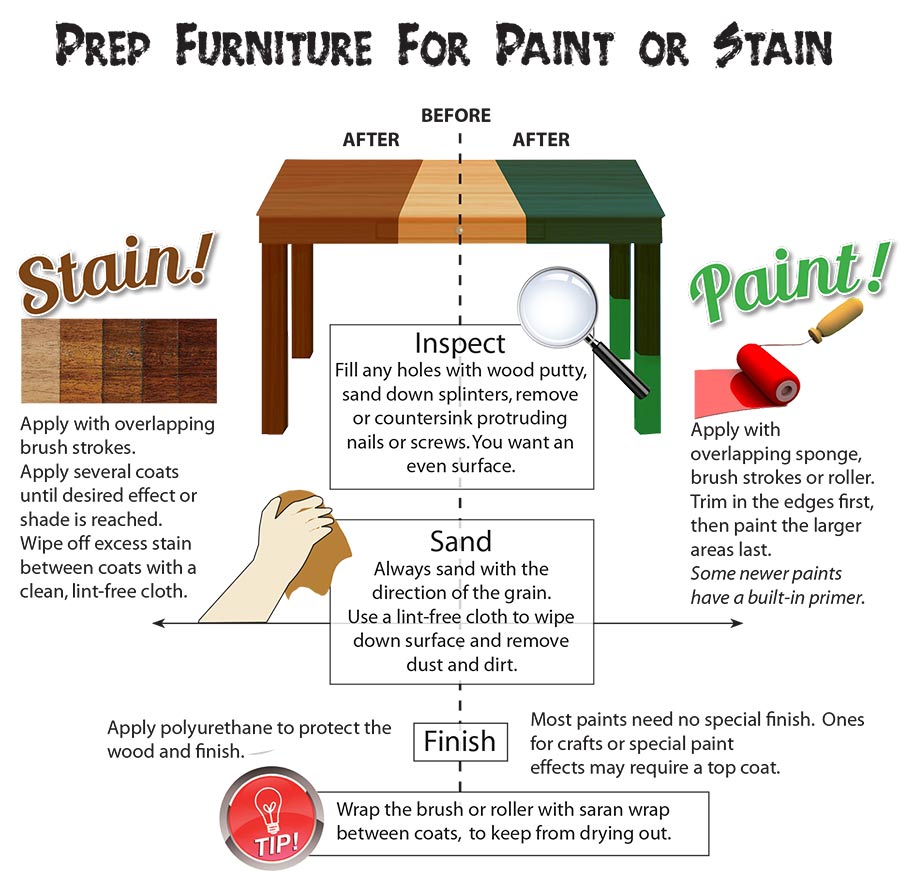Discover The Charming Voyage Of Renovating Old Cupboards, Unveiling Hidden Narratives And Decoding The Enigmas Of Past Ages
Discover The Charming Voyage Of Renovating Old Cupboards, Unveiling Hidden Narratives And Decoding The Enigmas Of Past Ages
Blog Article
Content Author-Drejer Kerr
To start the trip of restoring antique cabinets, you need a keen eye for information. Visualize revealing surprise keys within each layer of history embedded in the timber. Image the satisfaction of restoring a once-forgotten item to its previous magnificence. complete bathroom renovations of this careful procedure holds the essential to maintaining the past while creating a future antique. So, are you ready to embark on this transformative endeavor and unlock the potential of your antique cabinets?
Evaluating the Closet's Problem
When starting the restoration process, beginning by evaluating the problem of the antique closet. Carefully analyze the general structure for any kind of indications of damage such as cracks, chips, or loose joints. Inspect the timber for any rot, bending, or insect invasion that may have happened in time. It's crucial to figure out the extent of the restoration required before proceeding even more.
Next off, examine the cupboard's equipment such as hinges, handles, and locks. Make note of any kind of missing out on items or components that need repair work or substitute. Ensure that all equipment is working properly and firmly attached to the closet.
Additionally, examine the cabinet's coating. Seek any type of scrapes, stains, or discoloration that might impact the aesthetic allure. Establish if view it requires to be stripped and reapplied or if an easy touch-up will certainly be enough.
Collecting the Essential Devices and Products
After analyzing the problem of the antique cupboard, the next action is to gather the needed devices and products for the restoration procedure. Prior to you begin, ensure you have the following products on hand:
- timber cleaner
- sandpaper in various grits
- wood filler
- paint or timber tarnish
- brushes
- handwear covers
- security goggles
- a dust mask
- a ground cloth
- a putty knife
- a hammer
- a screwdriver
- a vacuum cleaner
These tools and products are essential for a successful restoration.
Wood cleaner is vital for eliminating years of dust and gunk buildup, preparing the surface for fining sand. Sandpaper of various grits aids in raveling flaws and preparing the timber for a new coating. Wood filler comes in handy for repairing any kind of fractures, openings, or dents present in the cabinet.
Paint or wood discolor, together with brushes, allow you to customize the cabinet to your preference. Bear in mind to put on handwear covers, security goggles, and a dirt mask for security. Lay down a drop cloth to protect your workplace, and make use of a vacuum to tidy up any particles.
With these devices and materials collected, you're ready to start the repair process.
Performing the Reconstruction Process
To successfully execute the remediation procedure on your antique closet, start by extensively cleaning the surface with the timber cleaner. This action is crucial as it assists remove years of dirt, crud, and old polish that might have accumulated externally.
When the closet is tidy and completely dry, analyze the problem of the wood. Try to find any fractures, scratches, or various other damages that need to be attended to. Use timber filler to repair any flaws, making sure to match the filler color to the timber tone for a smooth surface.
After the repair services have actually dried out, gently sand the whole surface area to develop a smooth and even base for the brand-new finish. Beware not to sand as well boldy, as you don't want to harm the timber beneath.
Once the sanding is total, apply a timber discolor or finish of your selection, adhering to the producer's guidelines. Enable the coating to dry entirely before applying a protective leading layer to make sure the durability of your restored antique closet.
Conclusion
Now that you have actually finished the remediation process, your antique cabinet looks as good as new.
By complying with the detailed overview, you had the ability to assess, fix, and improve its problem with ease.
With a fresh surface and safety top layer, your valued item will certainly remain to radiate for many years ahead.
Take https://www.seattletimes.com/explore/at-home/removing-the-mystery-behind-a-contractors-markup/ in the beauty of your recovered antique cabinet!
